At Palazzo delle Paure in Lecco, the exhibition cycle of Percorsi nel Novecento, a program conceived by the Direction of the Lecco Urban Museum System and entrusted for its planning and realization to ViDi Cultural that, until November 2024, analyzes the Italian cultural scene of the 20th century, is enriched with a new chapter. After the appointment dedicated to the return to figuration in Italy, which occurred between the two world wars in the last century, the new exhibition proposal, scheduled from March 15 to June 30, 2024, focuses on theInformal season. The exhibition, curated by Simona Bartolena, produced and realized by ViDi cultural, in collaboration with the Municipality of Lecco and the Sistema Museale Urbano Lecchese, travel partner Trenord, presents more than 60 works by artists such as Afro, Tancredi, Chighine, Fontana, Moreni, Burri, Morlotti and many others whose expressive code revolves around the sign, matter, color and gesture.
"The major exhibitions promoted by Vidi at Palazzo Paure are back, and they are back with a major exhibition that retraces the path started years ago between the nineteenth and twentieth centuries. - says Simona Piazza, Councillor for Culture of the Municipality of Lecco - These are events of particular artistic relevance, able to bring to the exhibition halls of the museum pole par excellence of our city, works by important artists. The goals are to broaden the cultural offer available to our citizens, to offer content of interest and accompaniment to our students’ in-depth courses, and to attract visitors from outside the city as well, for a culturally-based tourism, which is increasingly a reality."
"The exhibition marks a new stage in the journey between the nineteenth and twentieth centuries traced by the series of exhibitions hosted in recent years in Palazzo delle Paure. - declares Simona Bartolena, curator of the exhibition - I imagined this exhibition closely connected to the next one, dedicated to the spatialist and nuclear side and to the perceptual, experimental and kinetic programmed trends of the 1960s.
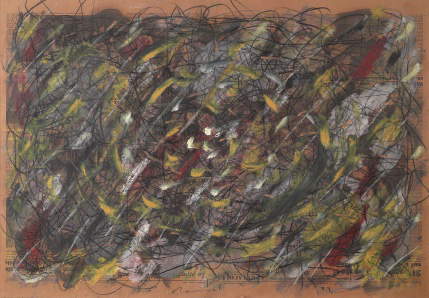
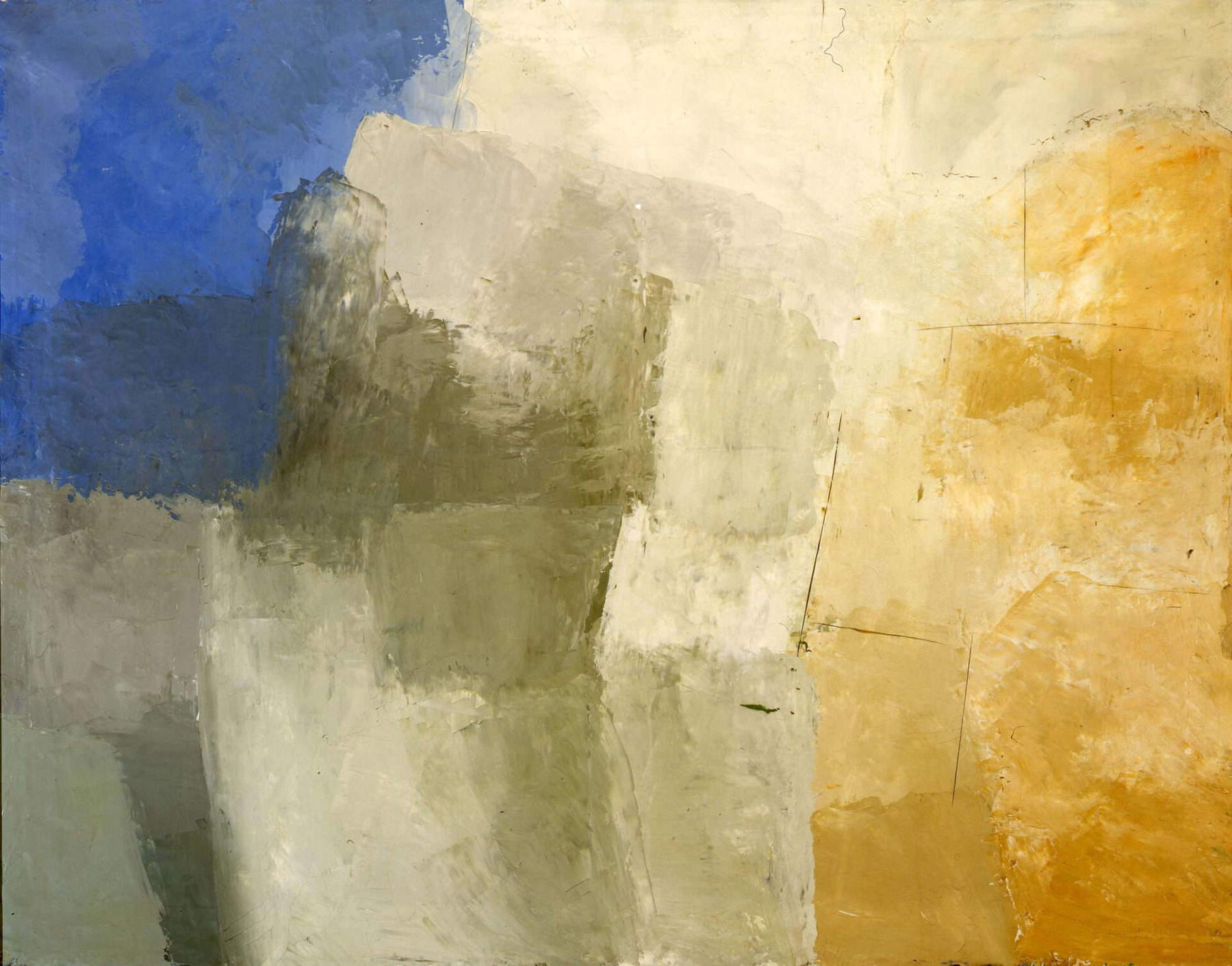
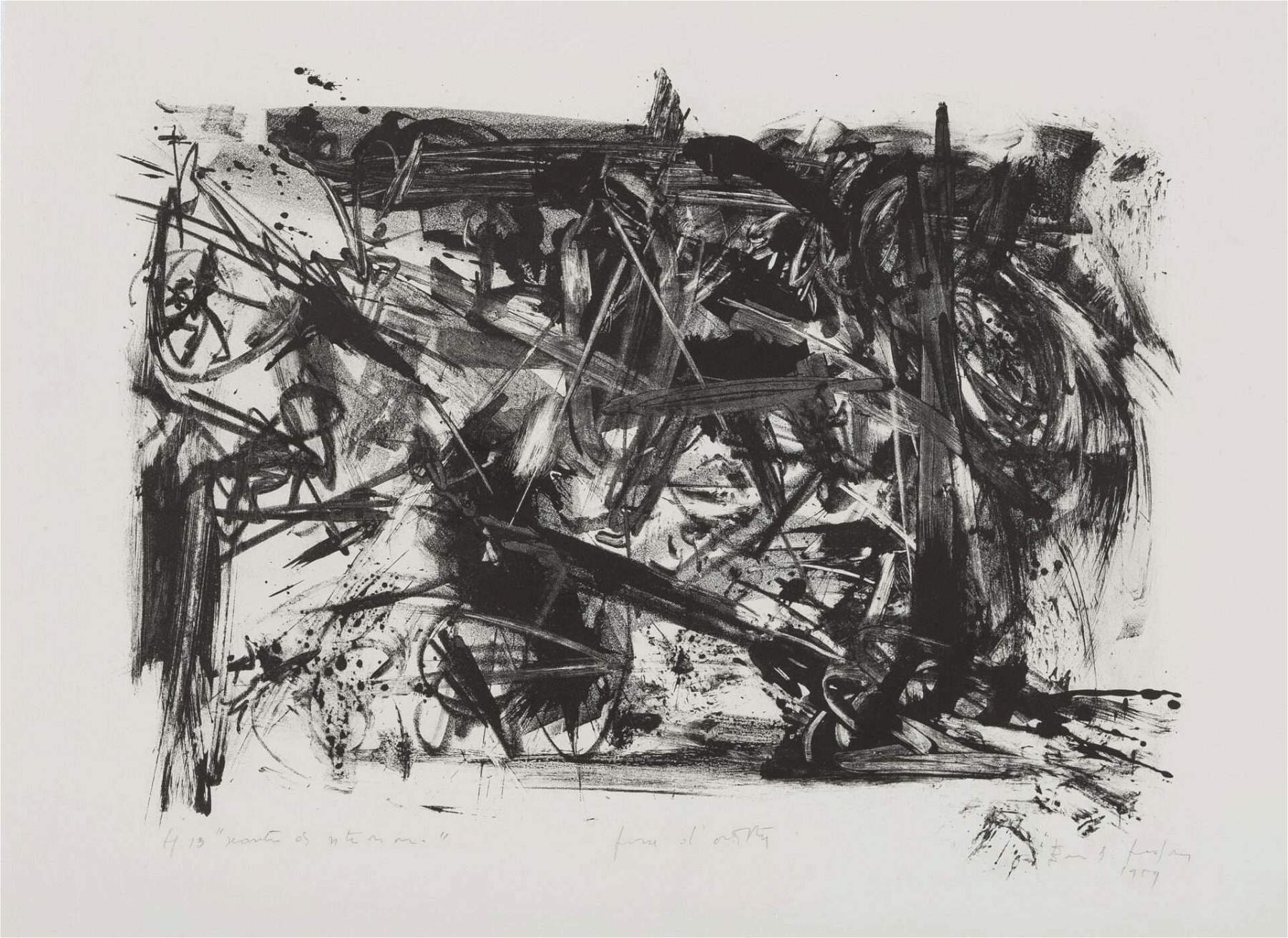
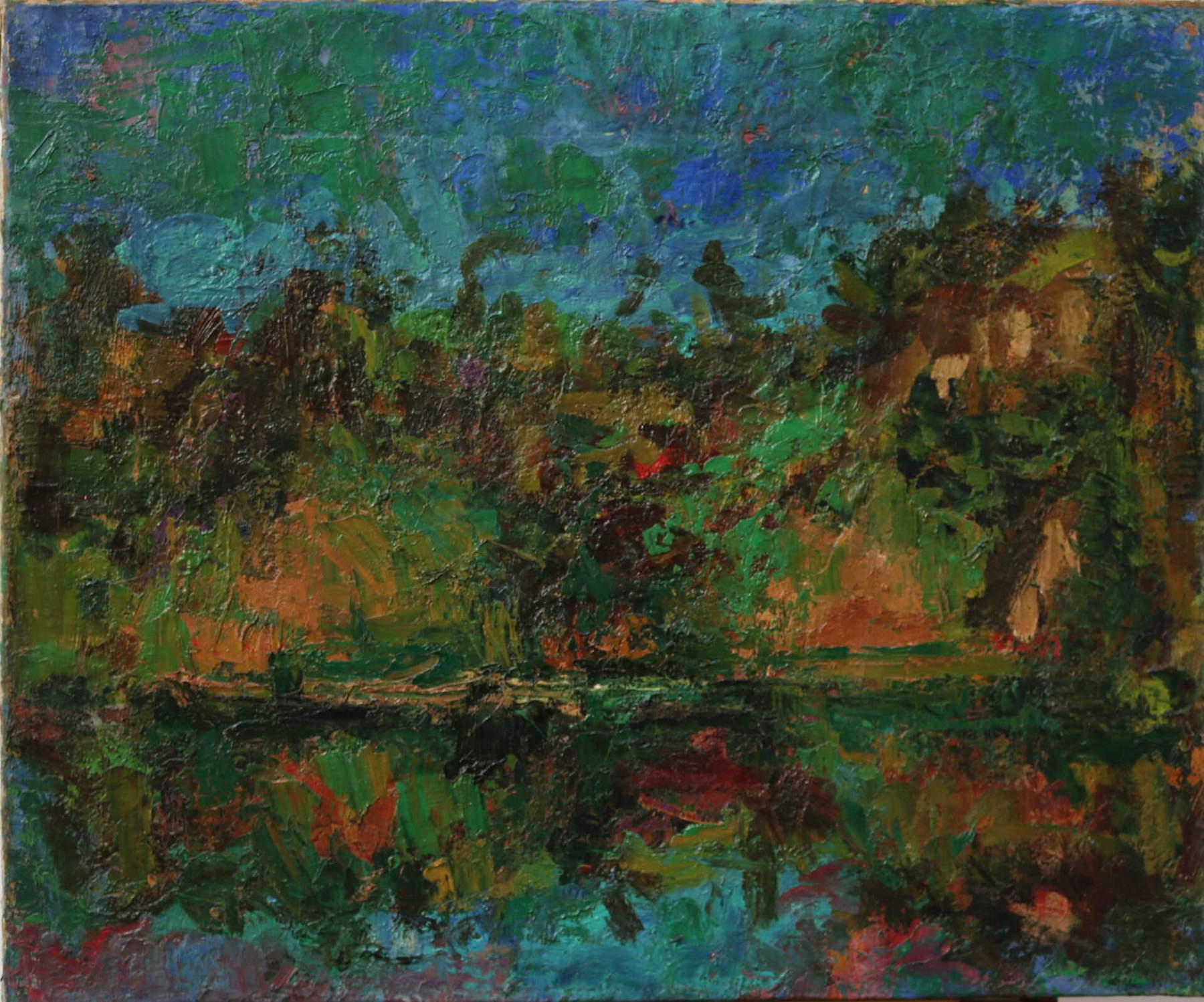
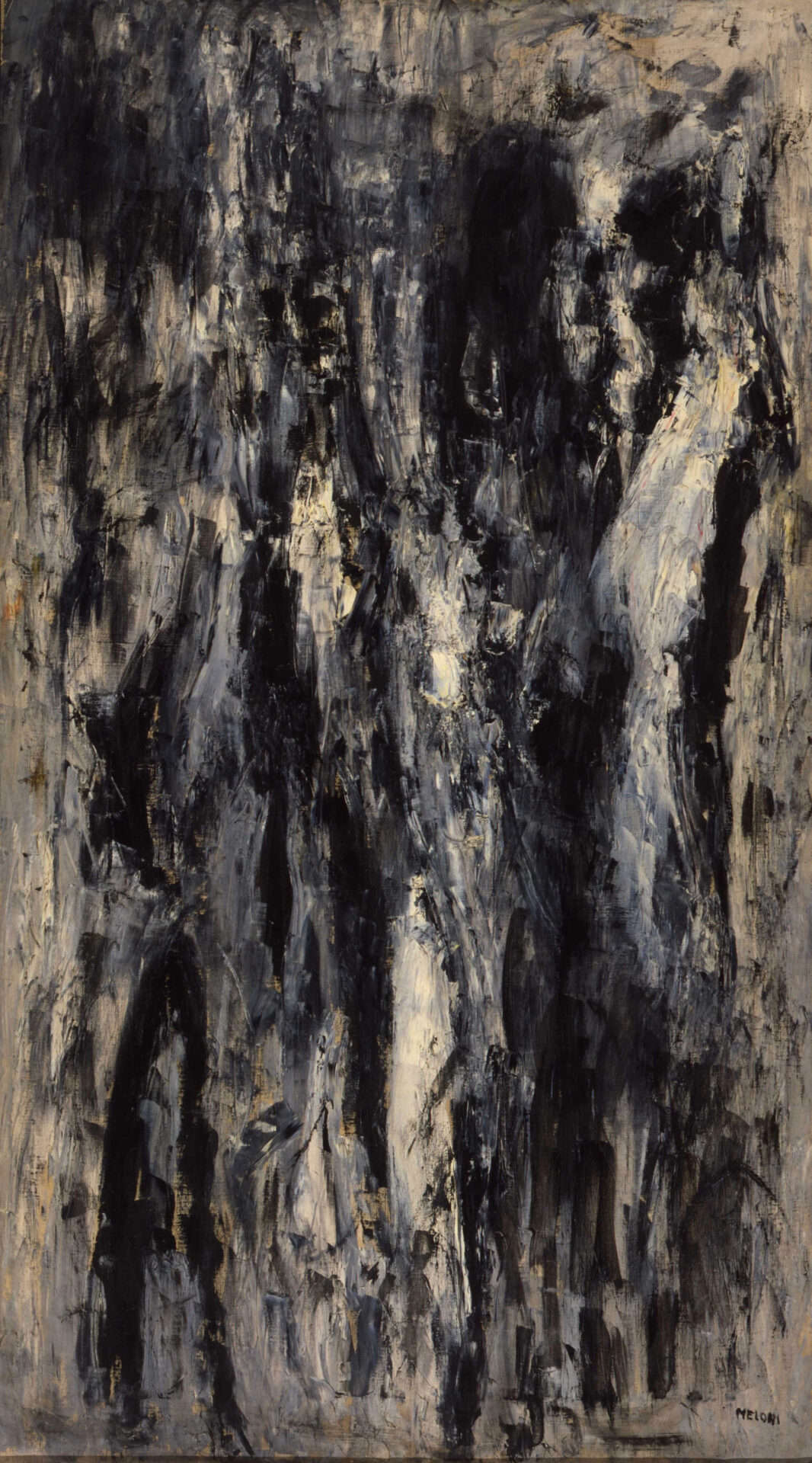
In this first ’installment’ of the story, we investigate the art scene of a Europe sitting on the rubble of its civilization, which came out of the Second World War and the horrors of totalitarian governments. The future seems only a hypothesis devoid of concreteness; the present is hazy, ephemeral, fragmented. Having lost all security, the individual finds himself alone with himself, lost in the immanent dimension of existence, without any trust in his neighbor. The artist is, of course, no stranger to this scenario. The assumption that art can make itself the bearer of a universal message, that it can be of public benefit, is dramatically challenged. The communicative power of art is no longer of interest. Man is alone, solely responsible for his own choices, and art becomes the interpreter of this painful, but lucidly conscious, solitude.
The Informal is not a cohesive and containable movement, it is a trend that is the child of the expressive urgency of artists who do not make themselves interpreters of this dramatic cultural-historical convergence. In my opinion, it is not Burri or Fontana who are the main exponents of this phenomenon, on the contrary: the two great masters have autonomous and unique research, impossible to ascribe to a single definition or trend. The real protagonists of this season are quite others: artists who are perhaps less well-known, but far more illustrative for understanding the reasons for a historical moment. For this reason, in the exhibition, in addition to the most famous names, I wanted to propose works by lesser-known artists, sometimes almost forgotten, but with powerful and expressive languages that are sure to amaze visitors."
The exhibition recounts the generation of authors who emerged wounded from World War II, who experimented with new languages and new styles capable of narrating a dramatic and complex situation. Doubting the public role of art, they chose a solitary path that did not involve confrontations with each other or manifestos or theoretical texts declaring a common path. Even the French critic Michel Tapié, to whom we owe the term Informal, always refused to confine the trend in too tight and defined codes, distancing himself from it when it took on too precise connotations.
The paths of the Informal were many and varied, daughters of as many autonomous and original personalities, whose research found only a few aspects in common among them, such as spontaneity, gestural instinct, rejection of any law and geometry, and improvisation.
The wave of the Informal spread throughout the West as an alternative to the figuration typical of the era of totalitarian regimes, as an angry response to the violence of which man had shown himself capable; in Italy, the 1950s witnessed the evolution of this art form, which manifested itself in multiple versions. In contrast to figurative painting, especially that which was socially and politically committed, which was also firmly supported by the new government, artists such as Afro, Chighine, Vedova, and Burri, who employed matter and color as free and powerful means of expression, or painters who reinterpreted figuration in a new light, such as Ennio Morlotti and Mattia Morenio the exponents of Existential Realism such as Mino Ceretti and Bepi Romagnoni, locked in their painful nihilism, came to the fore.
Accompanying the exhibition is a catalog produced by Ponte43 for ViDi cultural editions.
For all information, you can call +39 0341 286729 or send an e-mail to palazzopaure@comune.lecco.it.
 |
| From Vedova to Morlotti, Italian painting of the 1950s on display in Lecco |
Warning: the translation into English of the original Italian article was created using automatic tools. We undertake to review all articles, but we do not guarantee the total absence of inaccuracies in the translation due to the program. You can find the original by clicking on the ITA button. If you find any mistake,please contact us.